Christmas trees go hand-in-hand with the holiday season. They add a cozy ambience as the days get colder, and are a fun focal point for a living space. According to the National Christmas Tree Association, nearly 30 million live Christmas trees are sold in the United States every year. That’s a lot of holiday cheer!
However, you need to keep an eye on your tree to make sure it stays healthy throughout the season. Here are some Christmas tree safety tips to keep your tree healthy and make sure your holiday cheer doesn’t turn into a fire hazard.
Knowing your tree can make it more safe
When a tree is first cut, around half of its weight is water. It starts using that remaining water immediately, so you’ll want to place it back in water as soon as you can. This is why it’s important to know when your tree was cut to know how long it’s been without water.
Going to a choose-and-cut farm is (obviously) the best option for a healthy tree. You know exactly when your tree was cut, and you have time to inspect it.
Not everyone has that chance, and there are plenty of pop-up markets in the area. Ask the attendant when the current batch of trees arrived. That should give you a rough estimate of when they were cut.
The trunk should be slightly sticky to touch, and branches should be mostly flexible (not snap when you bend them). Give the tree a shake. If lots of needles fall off, find another one.
Check the water daily and make sure the bottom is submerged in the water. Regular tap water is fine. No need to include any additives – they don’t have a significant impact.
If you’re going the artificial tree route, it should be labeled, certified, or identified by the manufacturer as fire-resistant.
Choosing a Safe Place for Your Tree
Here are a few rules to remember when picking where your Christmas tree will go for the season.
- Don’t block any exits
- Keep it at least 3 feet away from heat vents, fireplaces, and other heat sources
- Don’t use your ceiling fan (the constant breeze can dry out your tree faster)
- Use a ceiling hook to keep the tree upright if it gets bumped or shifted.
Lights and Decorations


Use lights that have a label of an independent testing lab. Underwriters Laboratories (R) and CSA (R) are both accredited by OSHA and test for fire safety, electrical safety, and other hazards. Packaging will have one (or both) of their logos on the box, and the light strands will have stickers near the plug.
Only use indoor-rated lights inside. The indoor/outdoor rating is listed on the packaging. Indoor-only lights cannot withstand the elements and are a safety hazard if used outside.
LED lights are the safest of the bunch. They give off less heat than traditional lights. Manufacturing has come a long way, and they’re available in a wide variety of colors (including that soft-white to match traditional light strands).
Test out your lights before putting them up. This will save you the hassle of finding out some lights (or a whole strand!) is out after you’ve done all the hard work.
Replace any string of lights that have worn or broken cords, or loose bulb connections.
Make sure all decorations are flame-resistant (the material is resistant to fire) or flame-retardant (the material will self-extinguish).
Never use candles to decorate your tree. Christmas celebrations over a century ago would include candles on trees. We’ve come a long way since then and now have electricity. Let’s use it.
Don’t overload your outlets
This means connecting no more than 3 strands of lights together. Once you reach that maximum, use the other plug on your nearby outlet.
Also, never chain surge protectors together. It may seem like a convenient way to increase the number of plugs you have, but can quickly overload your outlet.
Always turn off holiday lights before going to bed. Make this part of your routine during the holidays. Lights that are left on overnight can dry out a Christmas tree and pose a fire hazard.
Now is also a great time to test your fire alarms and check their batteries. If you’re not sure they’re installed correctly, you can even contact the City of Durham Fire Department and they’ll inspect and install the alarm for free.
After the Holidays
Christmas trees shouldn’t be kept once they’re dry. The best option is to store your decorations and leave your tree on a non-flammable surface (stone patio, garage, or similar) until you dispose of it.
Never burn a Christmas Tree in a wood stove or fireplace. They carry a lot of sap that creates soot buildup in the chimney, which leads to chimney fires.
The City of Durham has not yet released information on this season’s Christmas Tree Collection. We will post an update when we have the details.
A Safe Holiday Season
The end of the year is the most prone to fire hazards. Follow the above tips and however you celebrate the holidays, it will be with safety first.
Happy Holidays, from everyone at PaintCoveredOveralls.com!
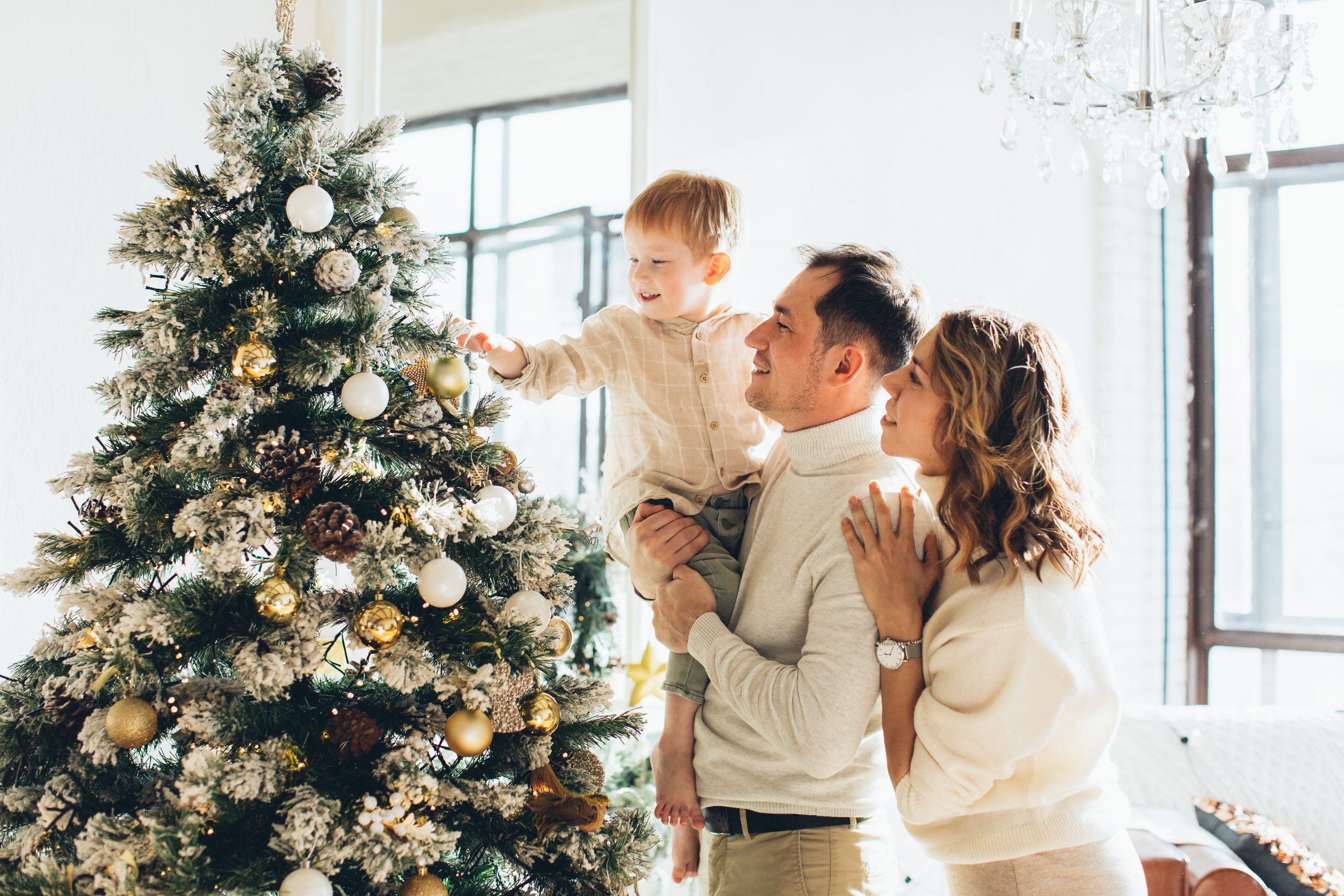

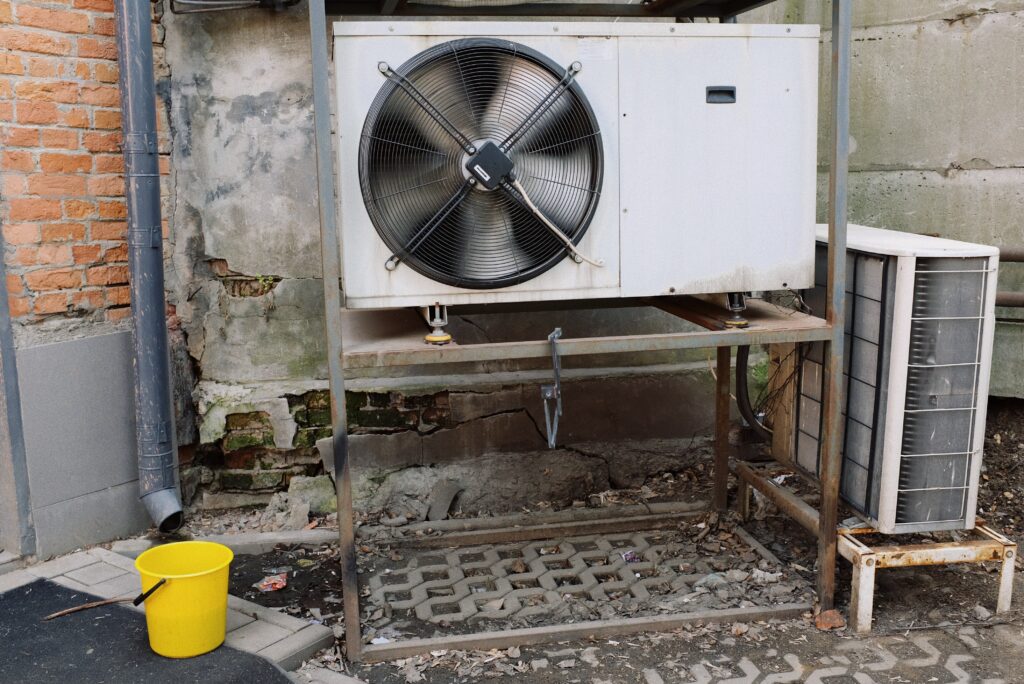
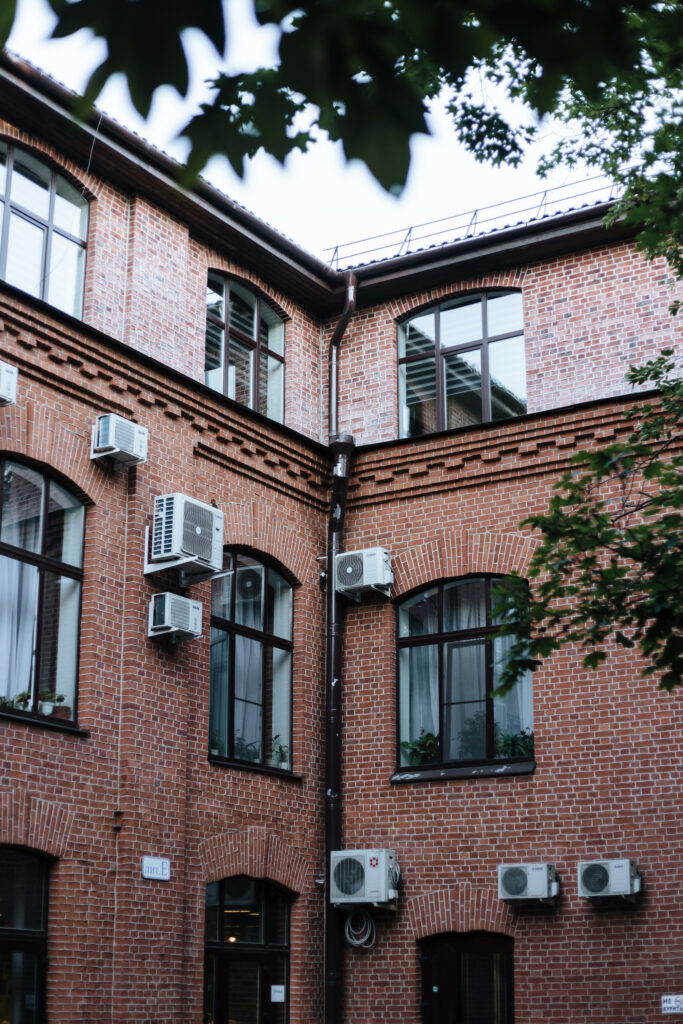
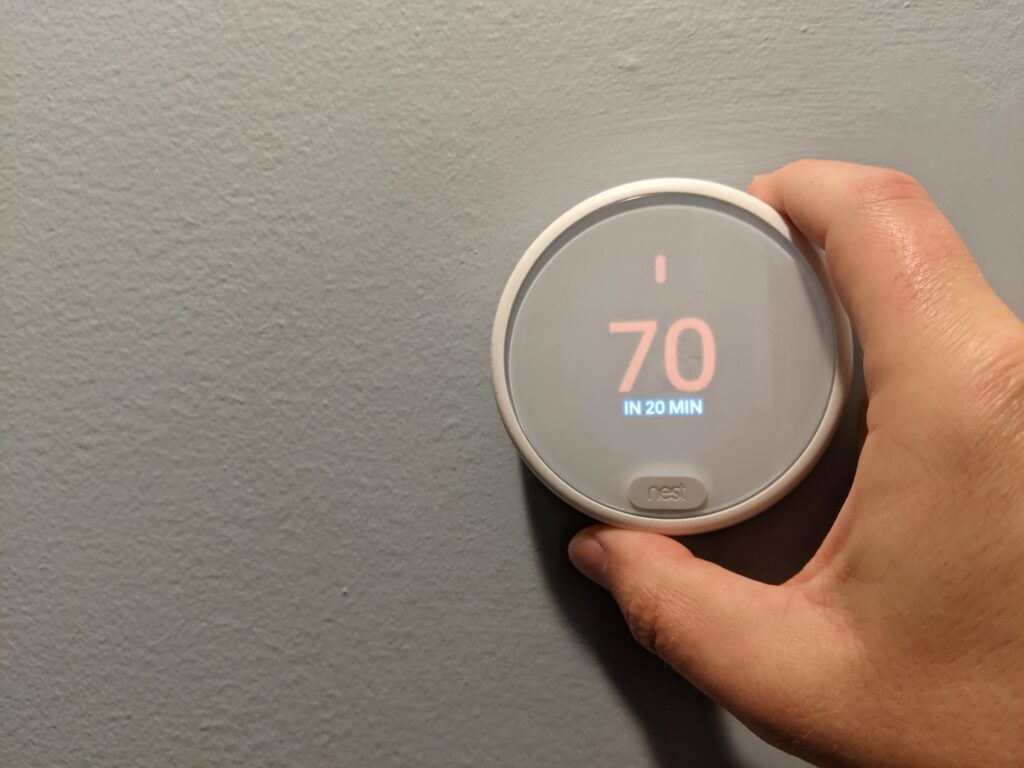
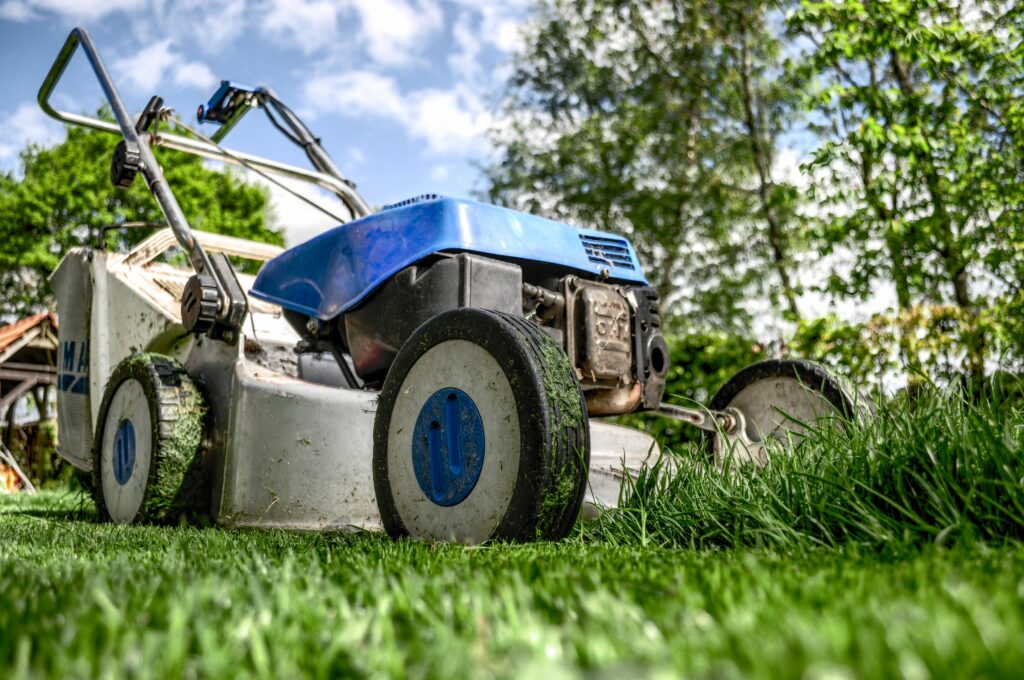
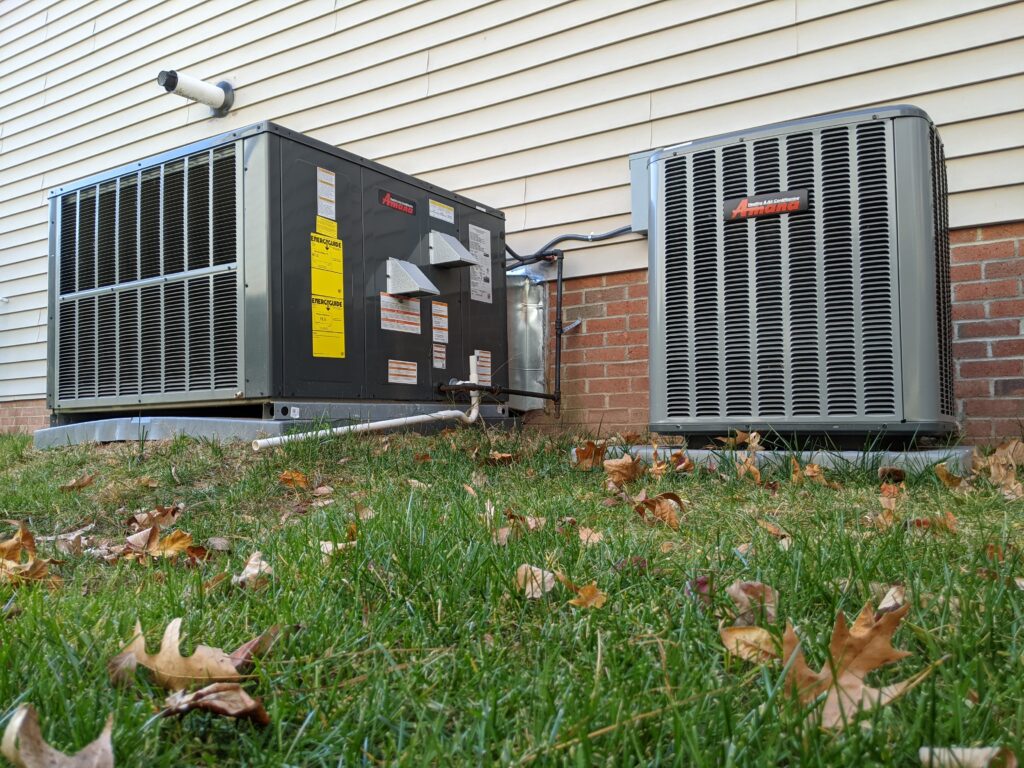
Leave a Reply